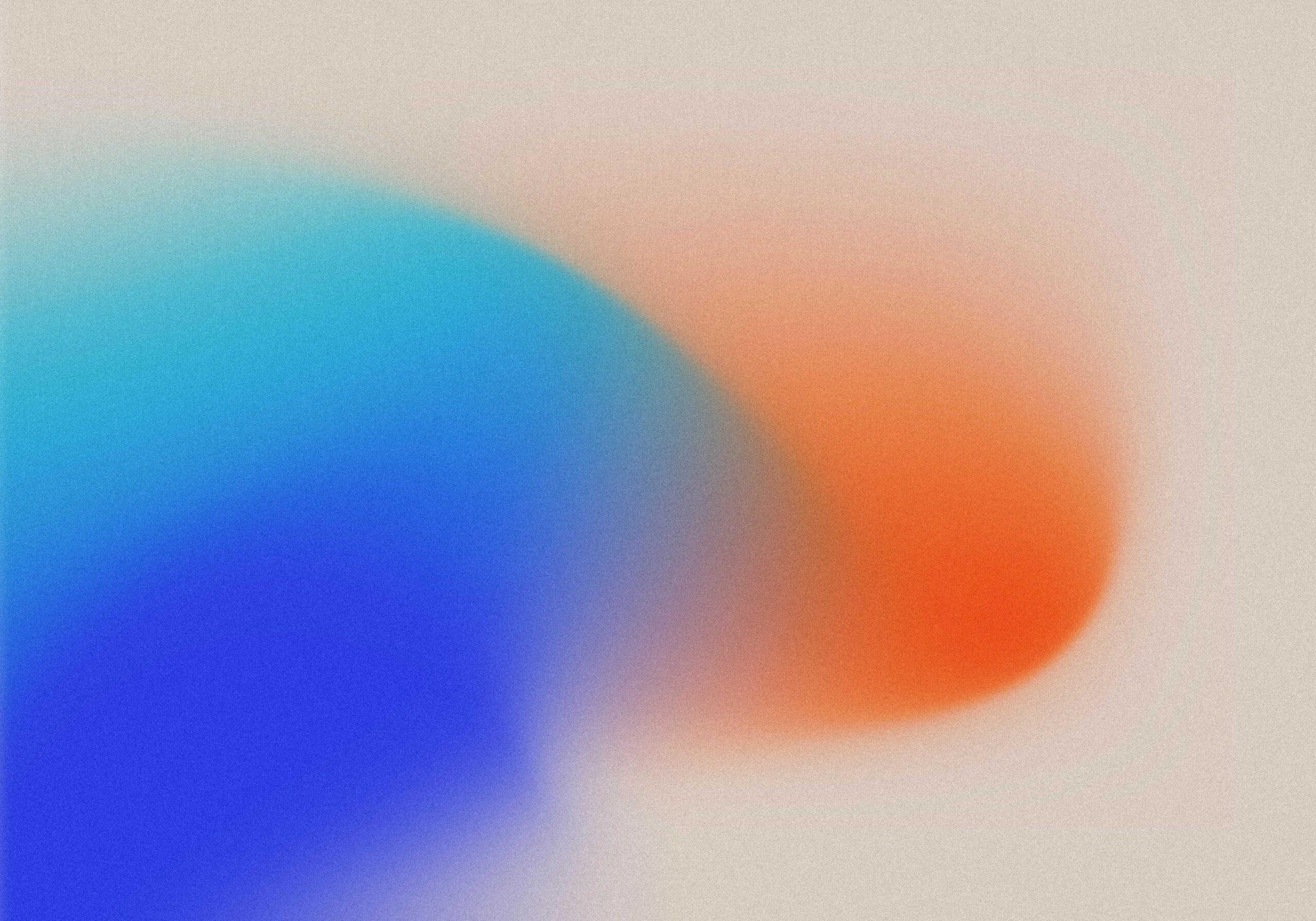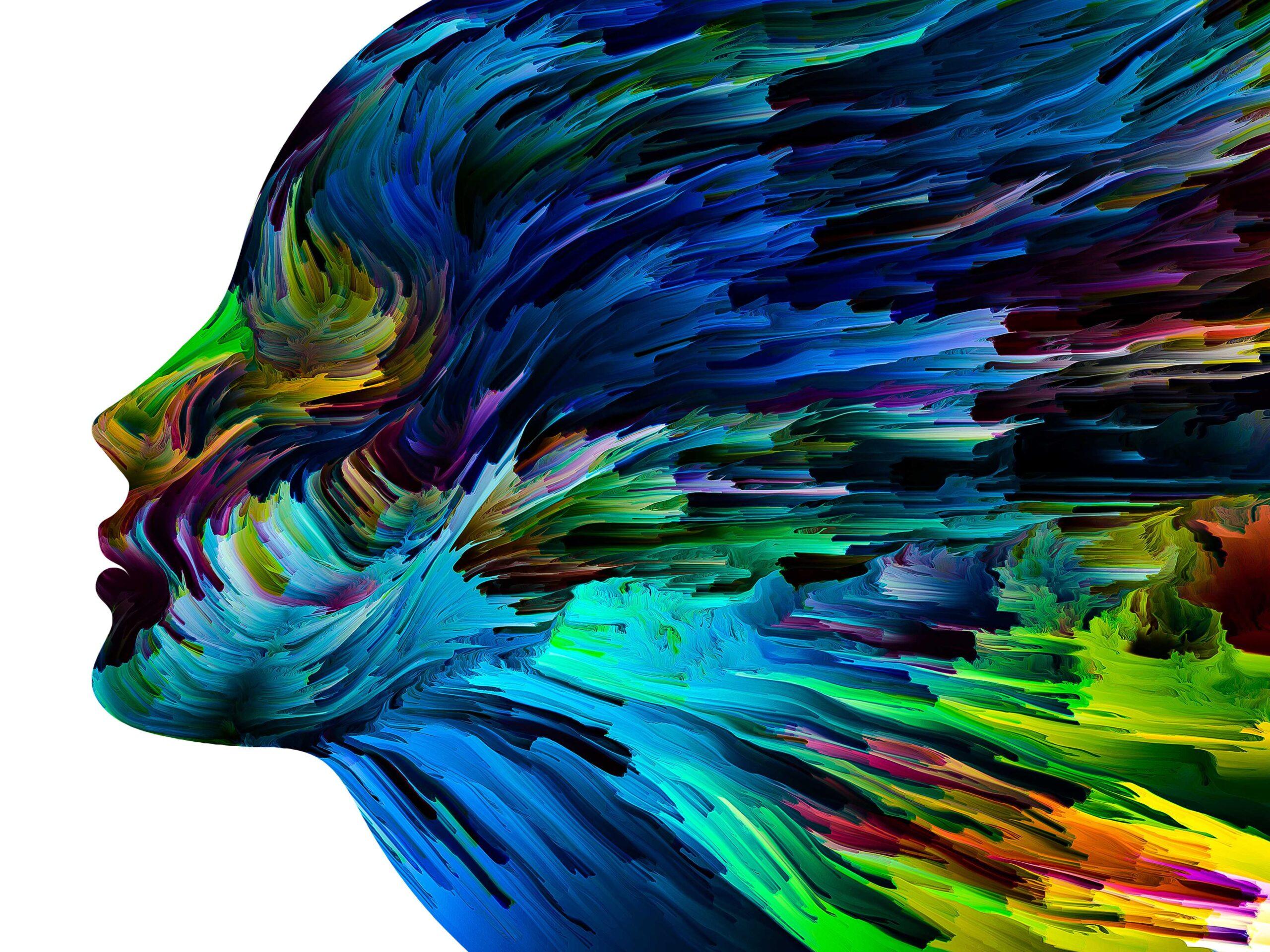Texture gradient psychology is one of our brain’s many cues to help us perceive depth and distance. It can help make objects appear larger and more detailed as you get closer.
It also helps you distinguish different colors and shapes. It’s a powerful tool used in video games and VR environments to help you create a sense of depth and realism.
What is Texture Gradient Psychology?
Texture gradient is a crafty little trick the human brain has evolved to recognize and interpret. It is one of many gizmos that help us navigate and make sense of our ever-changing world. From navigating through traffic to avoiding an opportunistic predator, depth perception has served humans well for millennia. The best part is, it doesn’t have to be difficult.
For example, you can see much texture by looking closely at an abstract painting or a finely detailed sculpture compared to a more realistic model. In fact, the brain’s ability to recognize and interpret texturally enhanced images has been shown to be a significant factor in human health and well-being.
From there, we can use our wits and imagination to craft the next generation of innovative technologies that will keep our species evolving for centuries to come.
Texture Gradient Psychology Definition
Texture gradient psychology is the study of how our eyes perceive changes in the texture of objects as they get closer or farther away. This is one of the many monocular cues we use to help us navigate the world and find our way around, allowing us to avoid bumping into things and make sense of what we see.
The brain also uses other depth perception cues to show us how far away something is, like stereopsis or retinal disparity. These are all tools that help us make sense of the world and help us to survive in it.
The researchers arranged grassy textures under an immersive virtual environment, and asked observers to judge the ratios between the frontal and in-depth extents of the grassy surfaces. The relative judgments did not differ when the textured surfaces were slanted in uphill, downhill, leftward, or rightward directions; the relative decisions did not differ.
These results suggest that the slant of static textured planes is mainly determined by the accumulated positional effects of size contrast among the texture elements, rather than directional factors such as accommodation and binocular convergence.

Understanding Relative Size Psychology
Relative size psychology is closely related to texture gradient psychology and explores how our perception of size and distance is influenced by the context in which we see objects. For example, two objects that are the same physical size can appear very different in size if one is positioned closer to us than the other.
Relative size psychology is based on the principle of size constancy, which refers to how our brain adjusts our perception of an object’s size based on its distance from us. This allows us to maintain a consistent perception of an object’s size even as its size on our retina changes as we move closer or further away.
A Brief History of Texture Gradient Psychology Research
Texture gradient psychology has a long history of research, dating back to the early 20th century. The German psychologist Max Wertheimer, who is most well-known for his contributions to Gestalt psychology, was one of the earliest researchers in this area.
Wertheimer and other early researchers in texture gradient psychology were interested in understanding how the brain processes visual information to create a coherent mental model of the environment. They explored the role of various visual cues, including texture gradient, in creating the illusion of depth and perspective.
Since then, scientists have used many methods, including as brain imaging and virtual reality, to investigate how the brain interprets visual information, with a particular focus on texture gradient psychology.
Texture Gradient Psychology Example
Texture gradient is a trick of the eye and brain that helps us see the big picture. It’s not just for scientists or the ooh la la crowd; it’s a key component in visual perception and the brain’s ability to navigate the world around us.
The use of the technology in video games and virtual reality is one of the most fascinating applications of the technology because it is an essential component in the process of giving a player the impression that they are participating in a realistic experience that is also enjoyable to play.
Texture affects our sense of the physical world, from particles to organisms. For example, it’s been found that humans have an average of seven sensory inputs per eye and an additional one for each eyelid – meaning you are constantly looking up and down to see what’s in front of you and behind you. This means that your eyes are always on the lookout for new things to see. This technology has played a major role in human evolution by helping us recognize what’s close at hand while avoiding danger from oblivious strangers nearby.
Applications of Texture Gradient Psychology in Design and Art
Texture gradient psychology has important applications in fields such as design and art. By understanding how people perceive visual information, designers and artists can create more effective and engaging content that resonates with their audience.
For example, in graphic design, texture gradient can create the illusion of depth and perspective, making flat images appear more three-dimensional. In product design, texture gradient can create the illusion of depth and texture on otherwise flat surfaces.
The use of a textural gradient in art allows the artist to deceive the viewer’s sense of scale and distance. Artists such as M.C. Escher have used texture gradients to create mind-bending optical illusions that challenge our perception of reality.
Texture Gradient Perception
Texture gradient is one of many depth perception cues the human brain uses to help us navigate and make sense of the world. Our ancestors used these cues to find food and avoid predators, and today we use them to enjoy all kinds of wonderful things like art and photography.
The texture of objects changes with distance, making them look less distinct and dense as they get closer and more dense and detailed as they move away. This is a very clever way the brain helps us perceive depth and distance, so it’s worth learning about.
Texture gradient is also important in art and photography, as it can help us perceive the difference between a flat image and one with depth and realism. For example, an old photograph of a crowd or a table full of delicious food will appear much more lifelike and detailed if we understand how the object’s texture changes with distance.
Related Article: Depth Psychology
